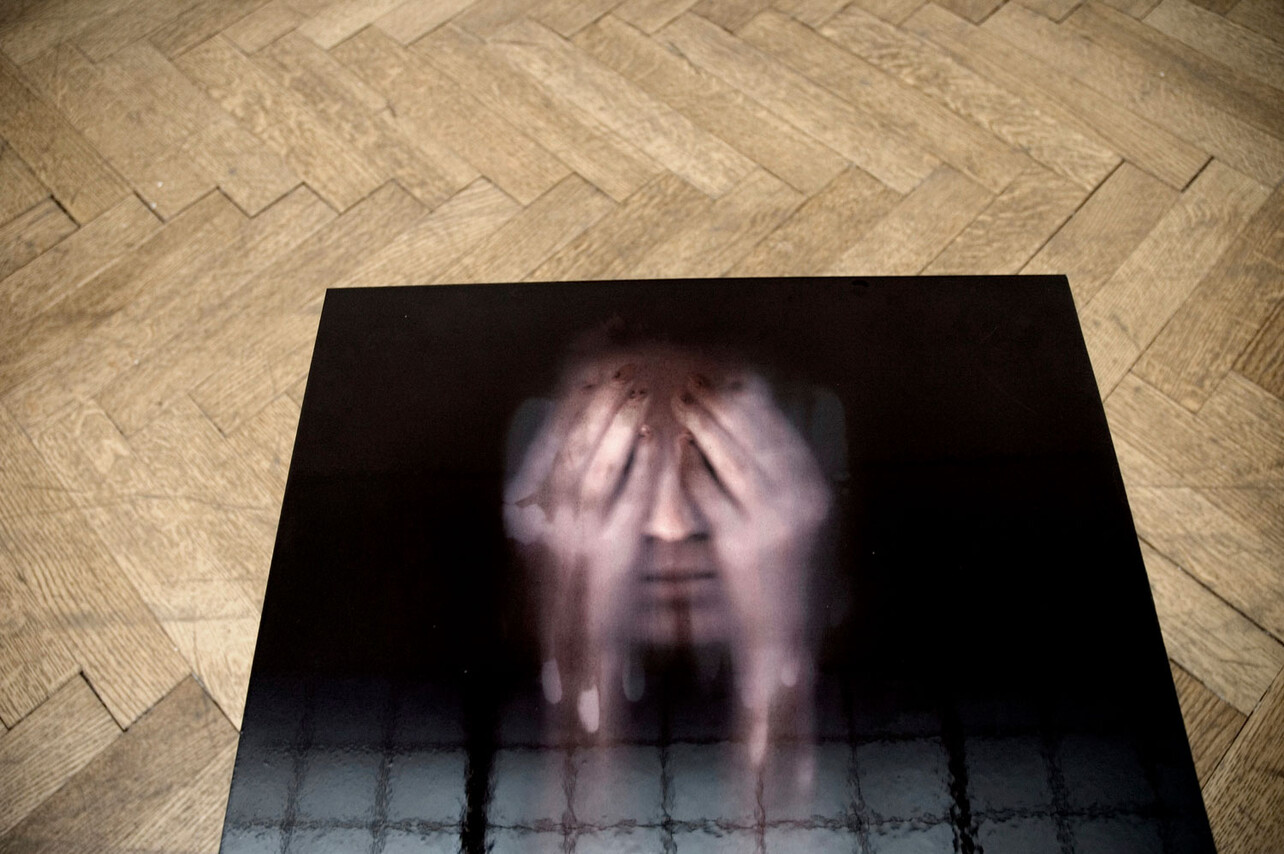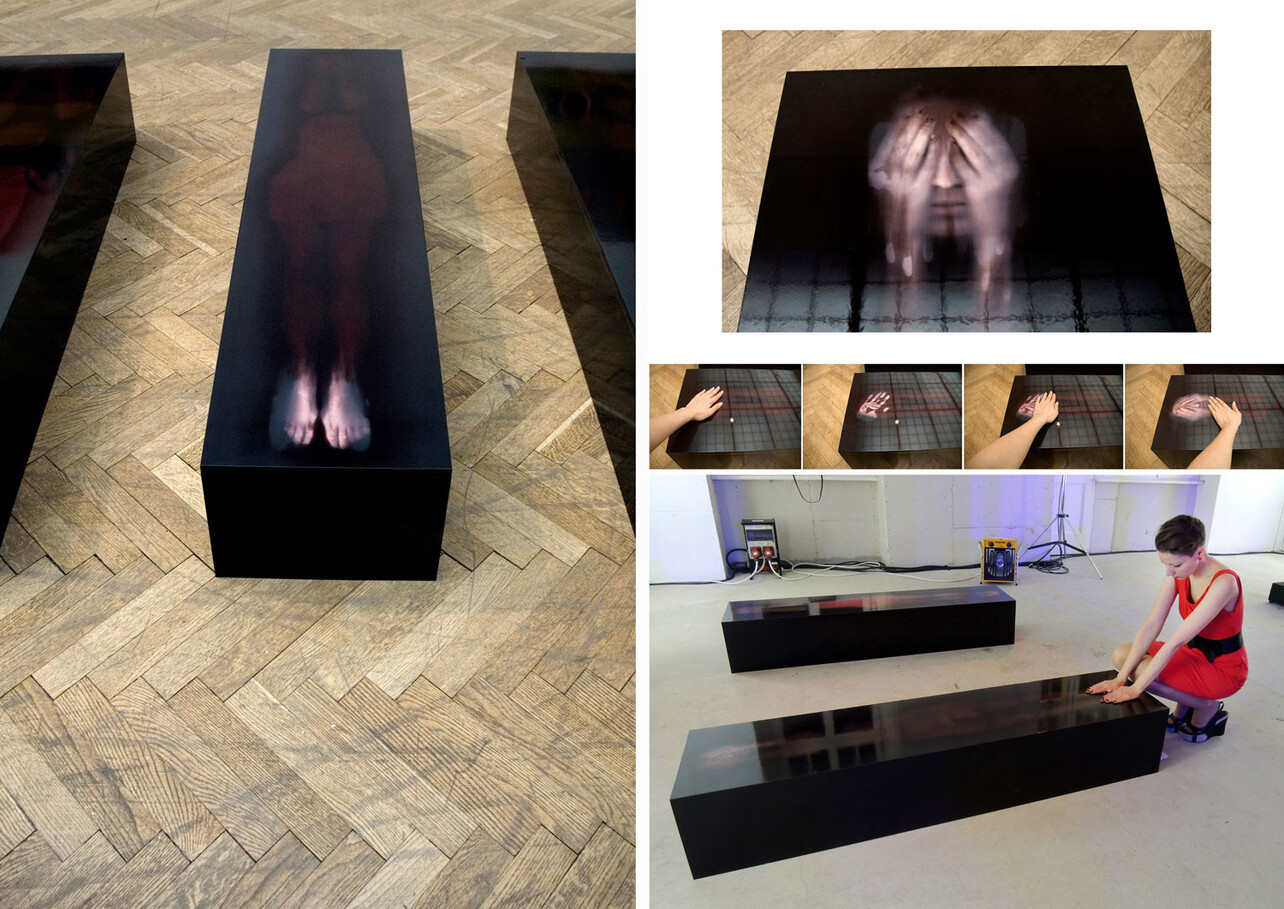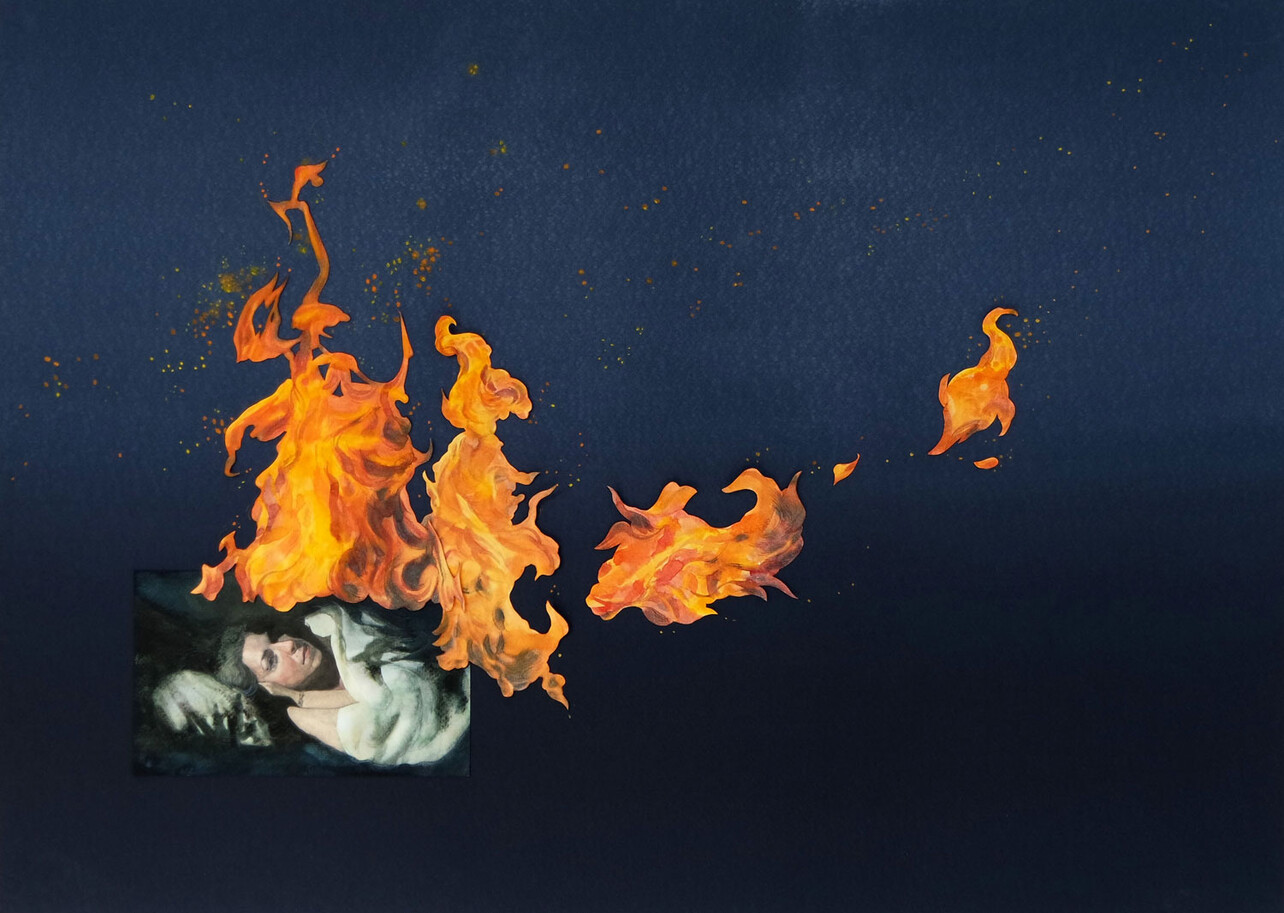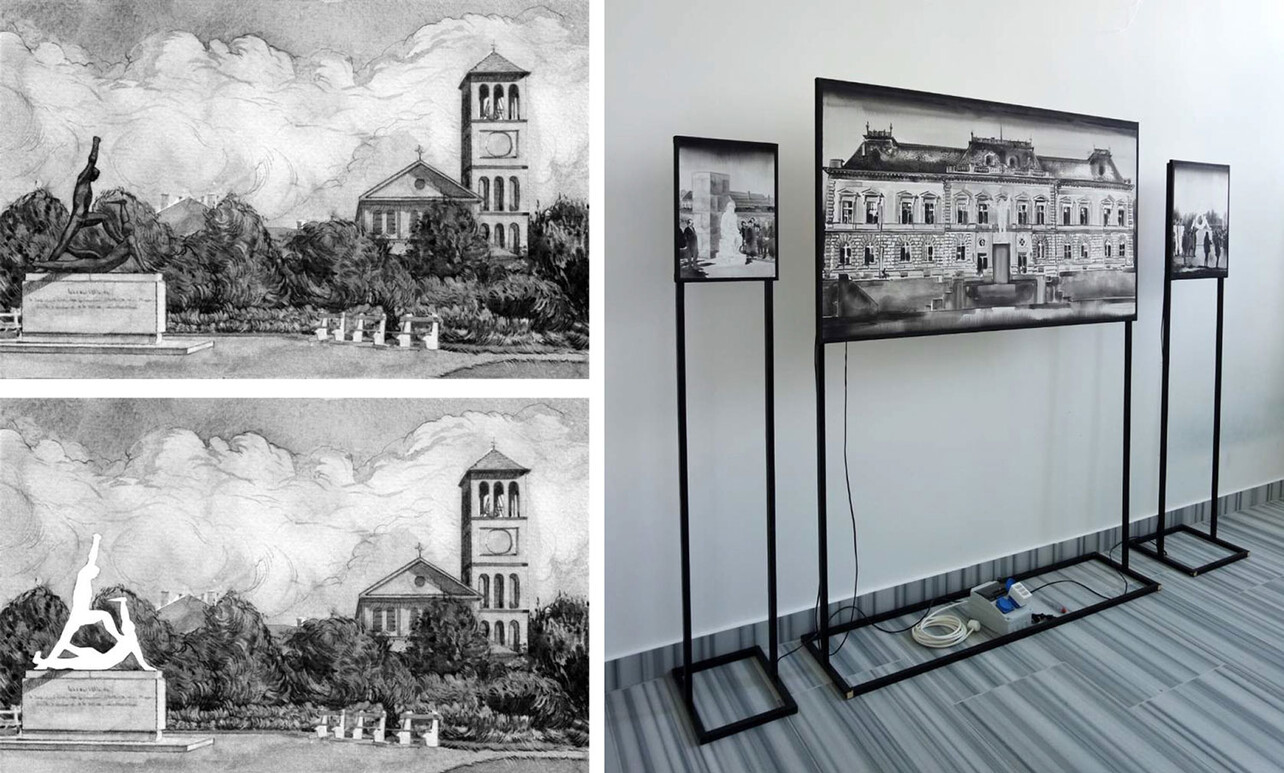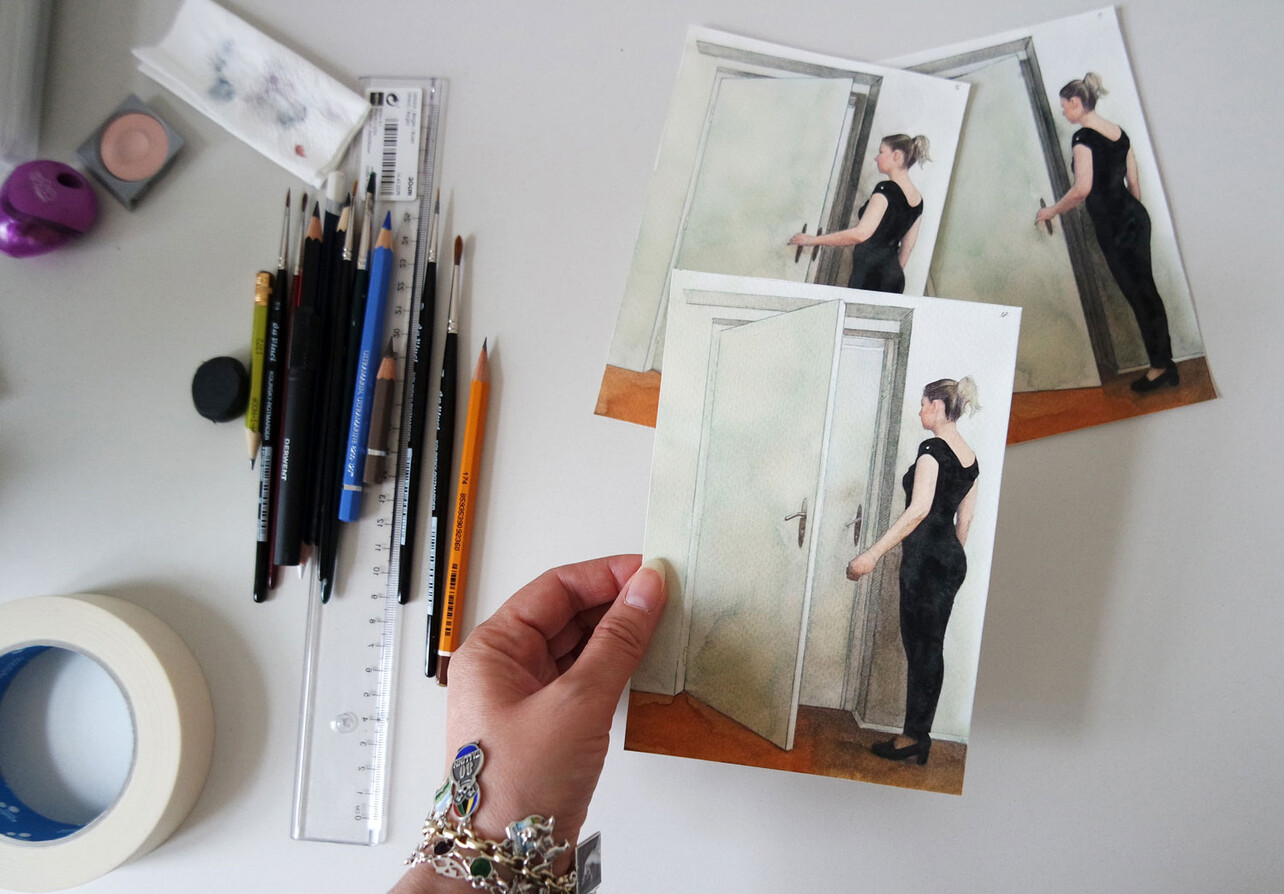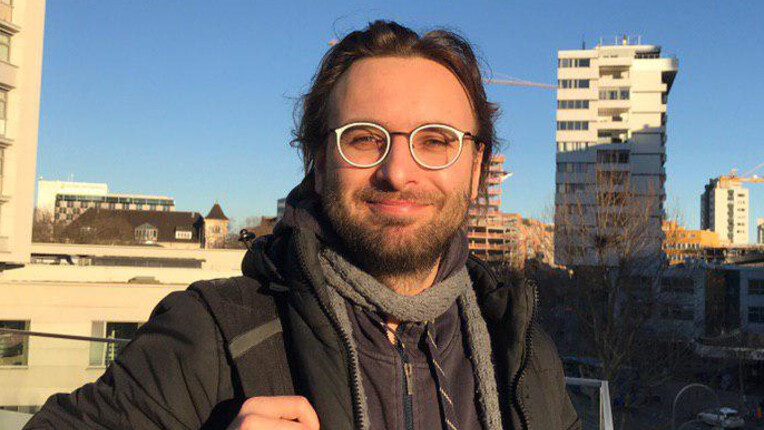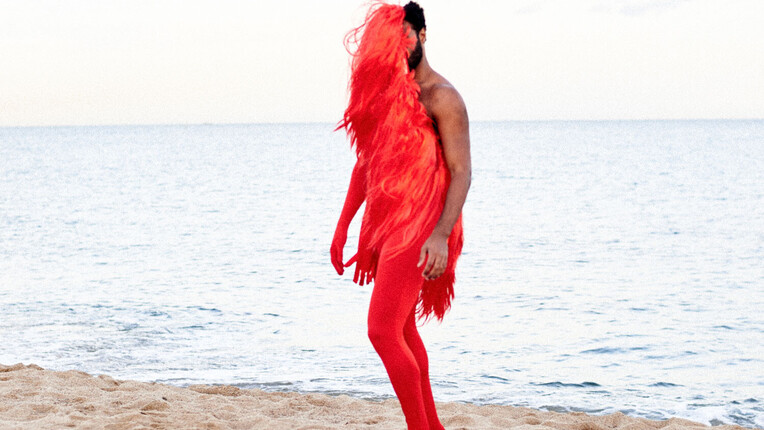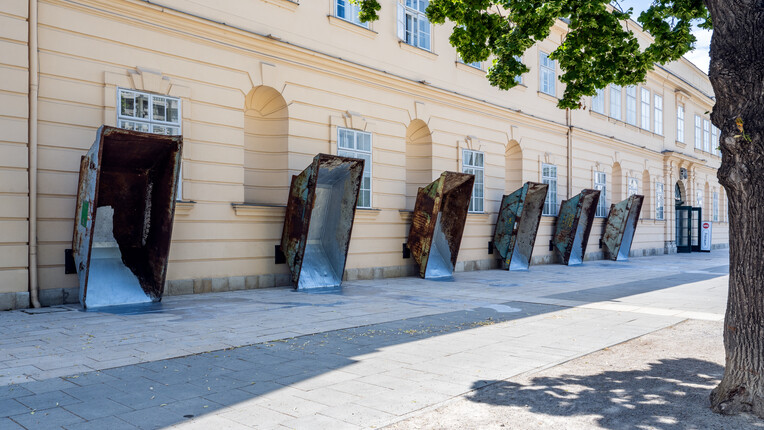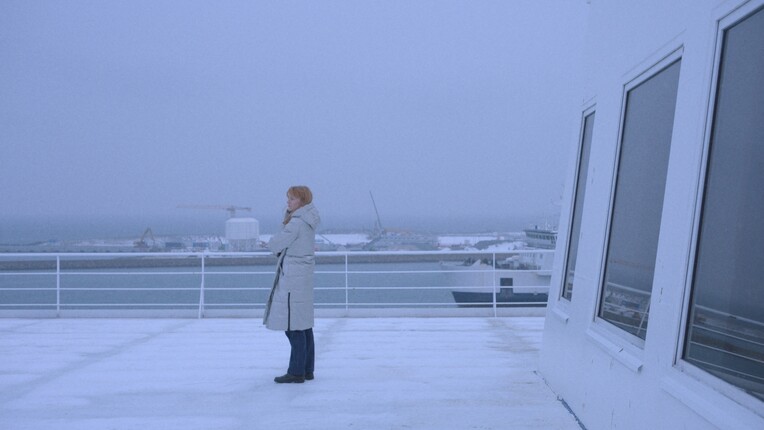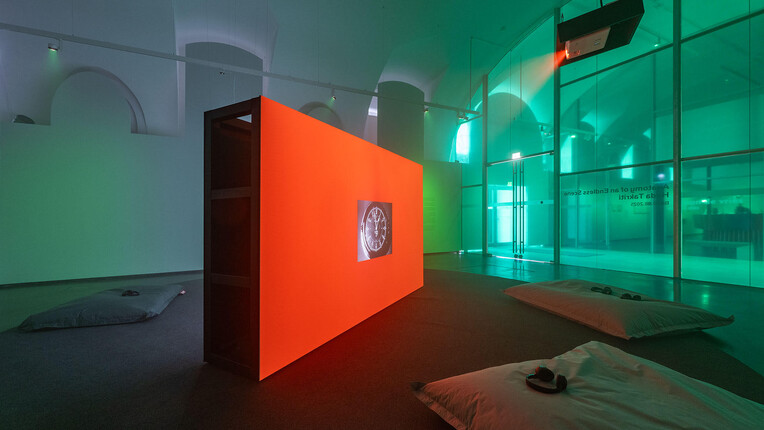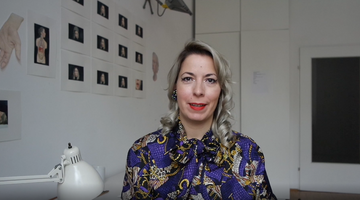
VIENNA ART WEEK: Interview with Artist-in-Residence Klára Petra Szabó
Klára Petra Szabó was invited by the Austrian Federal Ministry for European and International Affairs as Q21 Artist-in-Residence at MuseumsQuartier Wien.
Klára Petra Szabó is a visual artist based in Budapest. She was invited by the Austrian Federal Ministry for European and International Affairs as Q21 Artist-in-Residence at MuseumsQuartier Wien, originally for the months of May and June. As with a lot of things that have been cancelled or postponed in 2020 due to the worldwide COVID-19 pandemic, so was her originally planned residency. So we are really happy she could come to Vienna for November and December.
For VIENNA ART WEEK, art historian Lucas Cuturi interviewed her via Skype in her Artist-in-Residence Studio.
Klára, how are you? How has 2020 been for you?
I’m fine, thank you. I’m very happy to be here despite these unusual circumstances. 2020 is a very strange year, somehow it seems very short and very long at the same time.
Many things have changed very quickly this year, how have you been able to adapt to new situations and regulations? What does it feel like - from your perspective - to be a freelance artist in this year?
This year has been very challenging, but I’m sure it is for everyone. I was supposed to be in Korea and Austria on residency programmes. My exhibitions were cancelled, too. In the beginning, I was worried and felt like everything was collapsing around me. I just wanted to escape, but it was impossible, so I started to paint as much as possible. Work always helps me.
You mentioned that, due to your medical condition (you only have one kidney), doctors advised you to work freelance and not in a regular office job. That’s what made you want to become an artist in the first place, from an early age. Is it also the reason why your work focuses on the human body?
In my work, I am interested in the human body, how we are able to represent identity, social status and cultural circumstances. I usually focus on the relationship between personal identity and self-representation. I love to play with symbols and I’m working with different media, including painting, site-specific installation and animation. I have never thought of this, but probably yes, my medical condition has also influenced me focusing on the human body. I have always had to observe myself and watch the warning signals.
Klára Petra Szabó
Website: szaboklarapetra.blogspot.com
Instagram: @szaboklarapetra
In this context - could you tell me about your project Untitled / Cím nélkül?
'Untitled' is coated with a special thermo paint, which is normally black but becomes transparent if its temperature rises. I covered the pictures with it, so as the viewer touches them, they become visible.
As an artist, I've been interested in the body as a tool which communicates identity and messages for a long time.
Our physical body makes self-representation possible because we can express our identity without words, simply by dressing in a certain fashion. By wearing clothes, we can send messages to our environment about who we are, how we see ourselves. We can consciously influence the opinions of others about ourselves.
Examining the messenger function of the body, I was interested in the background of prostitution for a long time. I made my first personal contact with professional prostitutes when I was in Amsterdam. While having conversations with them, I realised that, unlike most of us, they can ‘untie’ themselves from their bodies, offer and sell it for money. They objectify their corpus on purpose to let others treat them in a specific way.
Although prostitution is a very sensitive (taboo) topic, it opened up new ways of thinking about the human body for me.
I made this series in collaboration with professional prostitutes. My models, in exchange for anonymity, offered their bodies the way they do it for their job. They let me scan their bodies with a special manual scanner, so I could print the scanned data and apply it on wooden boxes.
The creative process had a symbolic value as well. For me, the scanning of the girls’ bodies in high resolution symbolised the way they are touched by strangers' hands every day. I wanted the viewer – who, at the first glance, only sees black boxes - to get involved with the artwork. That's why I used the thermo paint. As the viewer warms the black surface, it makes the bodies of the girls appear through touch.
Touching, stroking and physical contact play an important role in this work of mine, as do the lives of the girls. The viewer can only enjoy the works by touching them, by having physical contact with them. The intensity of the touch defines the intensity of the experience as well: The more you give up your role as an outsider, the more you can see of the portraits. The viewer decides how long they want to ‘possess the body’.
What is your artistic background?
I went to an art high school and focused on graphic design. After trying out several different media, like photography or painting, I went to the Institute of Applied Arts at the University of West Hungary and studied package design. So my educational background is in design, but I ended up a painter. I spent an exchange semester in Denmark and fell in love with painting there.
What kind of painting do you do?
I mostly work with watercolours, but also with other media. Painting is the experimental part of my work.
You have been on residencies all over the world before. How did they influence your artistic output?
I used to live in South Korea for more than a year, and also in Japan, because I was really interested in Asian cultures and wanted to experience what life was like there. I think Asian cultures have had a big influence on my work. One residency in Japan was really special because I stayed with a Japanese host family - the father was a Buddhist monk and I lived with his family in a Buddhist temple in the countryside in the forest. It was very romantic.
It felt like going to Japan was like going to another planet. I love how they combine modern technology and tradition, like these hand-painted old paper doors together with a high-tech spaceship toilet. I love the contrast.
Did you integrate Japanese or South Korean techniques into your artistic practice?
First of all, in Japan it was amazing for me to see how much they respect paper as a material and that watercolour is much more respected than in Western cultures. Art collectors in Hungary, for example, tend to prefer oil paintings on canvas - a tradition that is quite strong in Western cultures. Watercolours and paper are fragile, and kids love to play with watercolours. So, in Western tradition they are not as accepted and appreciated as they are in Japan. But if you take care of paper, it is not that fragile and a really beautiful material. I do love to work with paper.
The Q21 Artist-in-Residence programme has been on your bucket list for a long time and now it has finally become possible. What was your original project idea - and what is it now, given the current circumstances?
Last year we celebrated the 30th anniversary of the Iron Curtain’s collapse. And I focused on this event in some of my works. For Q21, I imagined a project which focuses on collective memory in an interactive way, by using the same thermo paint I used for my work ‘Untitled’.
I was a child during the changes, but still I have bright memories of this period. In my hometown (Hódmezővásárhely), several public works were removed after the regime change. These works were an integral part of the cityscape, found in squares and parks. I started a series of works that were removed. Since the cityscape has remained unchanged, only the sculptures disappear in my paintings. They slowly disappear, they are forgotten. But then, after a while, they recur.
During my residency, I wanted to work on an installation about Austrian-Hungarian collective memory: hanging large scale textiles show and hide an image of the fence. I wanted to use a photo as a starting point to the famous event when Horn Gyula and Alois Mock cut the fence together on the border between Austrian and Hungary.
I think this gesture (cutting the fence) is still relevant, especially these days, even if from a totally different point of view. My plan was to paint on the curtain, but for the fence I use thermo paint so that the heat-sensitive pigments react to temperature change: Images appear and disappear, responding to the audience. I wanted to use special ventilators connected to motion sensors, so the audience would ‘turn on’ the installation.
But my original project did not make sense to me anymore. The past months, I have been focusing on intimacy and isolation – on how we can create our own spaces with only our imagination, especially when we cannot escape because we are in quarantine or self-isolation. In my latest paintings and animations, I focused on using my own mindset to escape from reality. Many things happened with me this year. In the beginning of 2020, my life changed. I got divorced, my grandmother died, then quarantine. Everything just happened at once. Normally, I travel a lot because I do a lot of artist residencies, but this year I was stuck in my studio at home. So I tried to travel through my paintings.
During this residency I have developed some watercolour frames. They will be animated and made into a video loop. Each frame is hand-painted: I open a door, which opens another door, which opens another door, and so on. It is like…
... a nightmare!
Yes, it is somehow!
I hope that finally the doors will open and you will escape. Hope to see you in person one day!
Me, too. Thank you!
